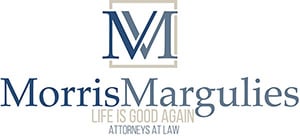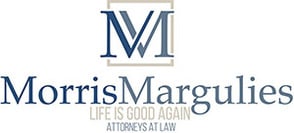Consumers in Rockville, Maryland, may choose bankruptcy when they can no longer manage their debts. The most common type of bankruptcy is Chapter 7, which sells nonexempt assets to pay unsecured debts. While consumers can get discharged faster, they must meet the requirements.
Overview of the means test
Congress enacted the means test as part of the bankruptcy code overhaul in 2005 under the Bankruptcy Abuse Prevention and Consumer Protection Act. The reasoning behind the BAPCPA is to prevent high-earners from seeking debt forgiveness when they have a means to pay debt. It also encourages filers to choose Chapter 13, a repayment plan that allows filers to repay debt over three to five years.
The bankruptcy means test requires the consumer not to exceed a debt threshold based on the state median for a similar household size. If the consumer exceeds this threshold, they still have a chance to pass the next portion of the test. The second step of the test determines disposable income by deducting allowed expenses, such as rent, from gross income.
After the test
If the consumer passes one or both parts of the test, they may proceed to file Chapter 7. If they fail both parts of the test, the case commonly gets dismissed or converted to Chapter 13. There are very few exceptions to the means test which include:
- Business debt that is 50% or more of all debts
- Disabled veterans who accrued debt on active duty
- Military Reservist or National Guard members called to duty after 9/11/2001
The consumer may try filing Chapter 7 again if they expect a change in their financial situation, such as a job loss. Eligibility is based on six months of income, so a job loss could qualify them for Chapter 7 if they wait.
Bankruptcy isn’t always a negative thing, but it can impact credit for several years. If a consumer needs advice on what to do, they should meet with a financial advisor.

